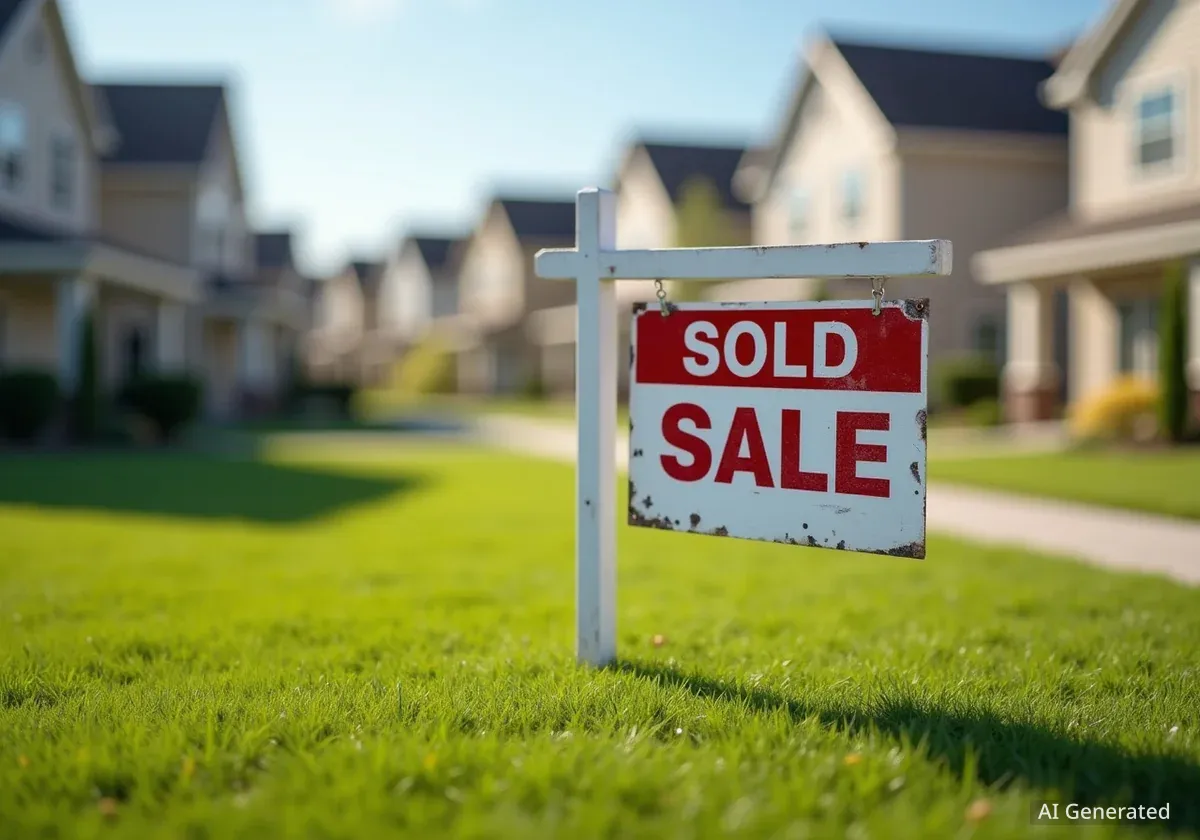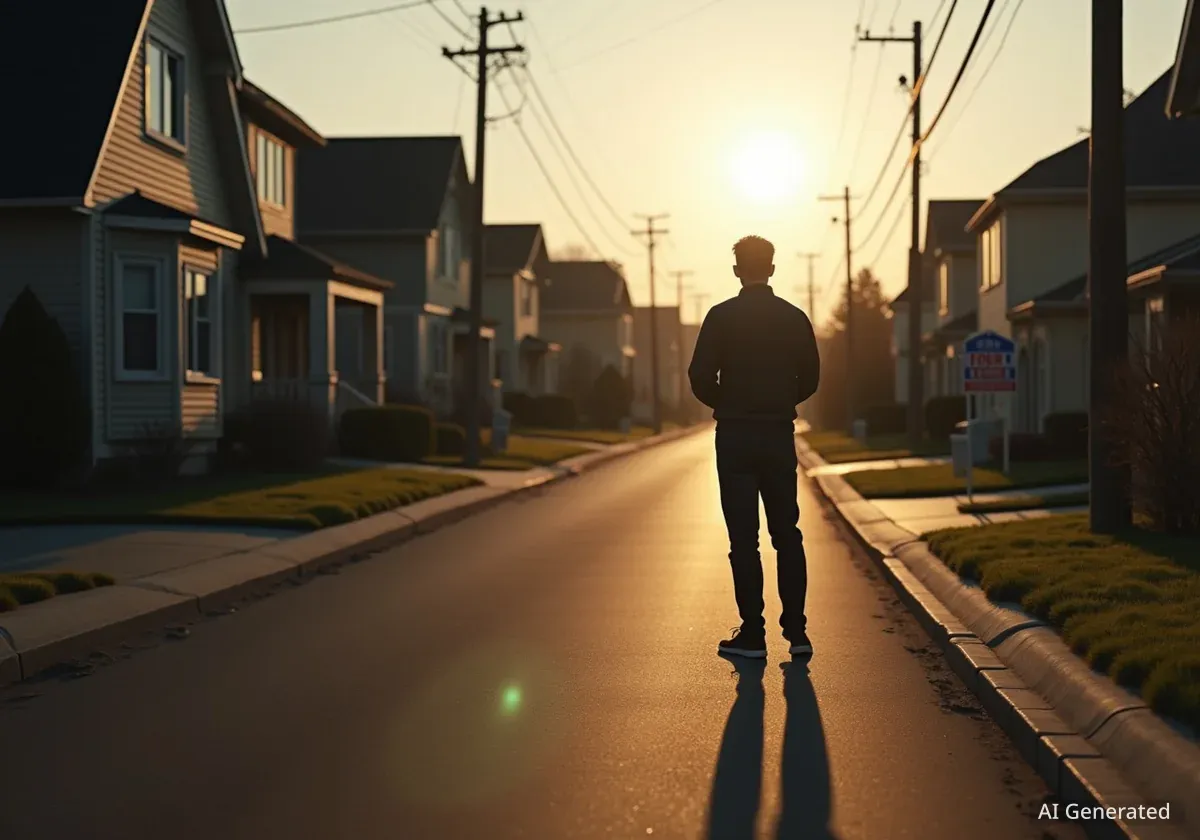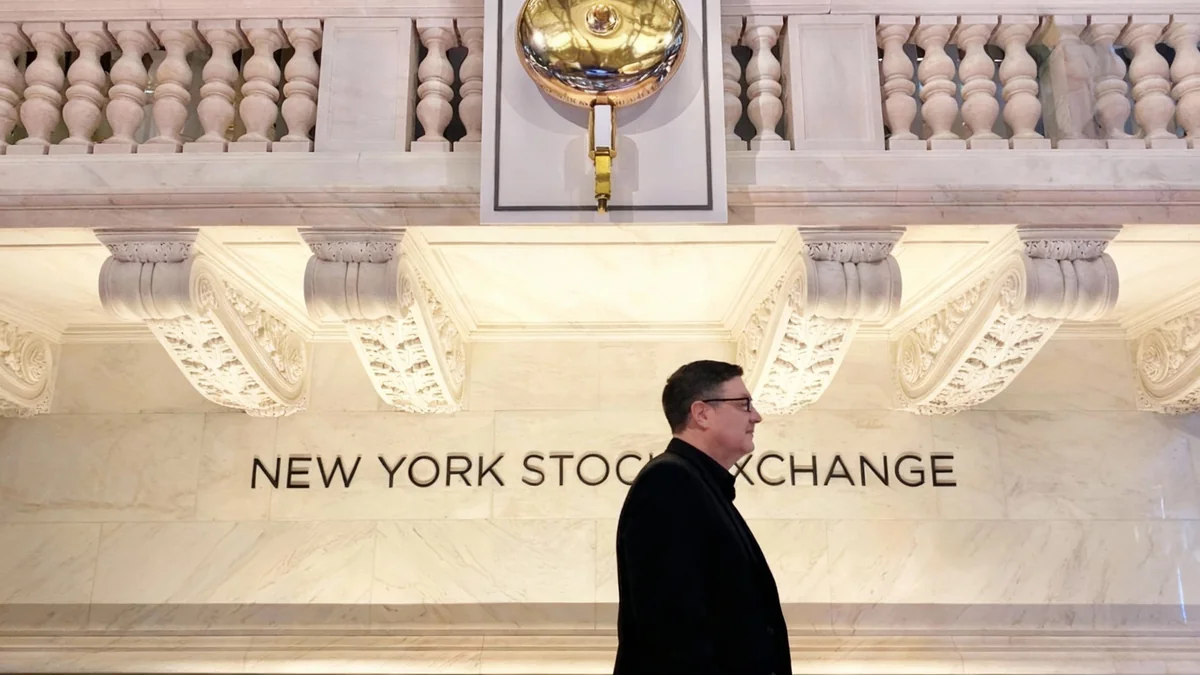The Dallas-Fort Worth real estate market is undergoing a significant transformation, shifting from a prolonged seller's advantage to a market that now favors buyers for the first time in over a decade. After 13 years of intense competition, rising prices, and limited inventory, market dynamics have cooled, giving prospective homeowners more leverage and negotiation power.
This change is driven by a combination of increased housing supply from new construction and a decrease in buyer demand, largely due to higher mortgage rates. Homes are now staying on the market significantly longer, leading to more price reductions and seller concessions as the region adjusts to a new real estate climate.
Key Takeaways
- The Dallas housing market is shifting to a buyer's market for the first time in 13 years, ending a long period of seller dominance.
- Housing inventory is rising, with Dallas and Collin counties approaching the six-month supply benchmark that defines a buyer's market.
- Higher mortgage rates, hovering around 7%, have reduced the pool of active buyers, causing homes to stay on the market longer.
- New construction is booming, particularly for starter homes, with builders offering significant financial incentives to attract buyers.
- Sellers are now more willing to negotiate, offering price cuts and concessions to close deals in the slower market.
A Decade of Frenzy Comes to an End
The Dallas real estate landscape of mid-2025 stands in stark contrast to the market that began its turbulent ascent in the spring of 2012. Over the following decade, the region experienced a dramatic housing boom where supply could not keep up with surging demand.
This imbalance caused median home prices to skyrocket from approximately $180,000 in 2012 to $462,000 by 2022. The market became characterized by bidding wars, waived contingencies, and homes selling for well above their asking price, often within hours of being listed.
However, the market has now come full circle. The intense pressure has subsided, and conditions are beginning to resemble the more balanced environment of over a decade ago. According to local real estate professionals, the power has decisively shifted from sellers to buyers.
"Two years ago, buyers were effectively forced to pay a premium because there was no inventory," says real estate agent Jeff Duffey. "Even though that’s changed, many current sellers are initially pricing their homes as though we haven’t shifted to a buyer’s market. That’s why we’re seeing many price reductions."
Rising Inventory and Slower Sales Tell the Story
The clearest indicators of the market shift are rising inventory levels and the increased time homes spend on the market. While not yet officially a buyer's market—defined as six months of available housing inventory—the trend is undeniable.
As of June 2025, Dallas County reported 4.8 months of housing inventory, a significant increase from 3.56 months in January 2025. Similarly, Collin County's inventory rose to 4.9 months from 3.09 months over the same period.
Homes Linger on the Market
In May 2025, the average time for a Dallas-area home to receive an offer was 58 days. This is nearly 21% longer than in May 2024 and almost three times longer than during the market's peak in 2021 and 2022.
Judi Wright, a Frisco-based agent with The Judi Wright Team, notes that the statistics reflect a new reality on the ground. "It’s definitely a buyer’s market here," she stated. "But in my opinion, it’s a buyer’s market because there’s a lack of buyers more than there is too much inventory."
This sentiment is echoed by Yanling Mayer, a research economist at the Texas Real Estate Research Center at Texas A&M University. Mayer confirms a "buildup of inventory" caused by a shortage of buyers, despite a strong local economy.
Economic Strength Meets High Mortgage Rates
The slowdown in the housing market is occurring even as the Dallas economy shows robust health. The metropolitan area ranked second in the nation for job creation among the 12 largest metros, adding 47,000 private sector jobs in May 2025 alone.
Furthermore, local wages have grown by approximately 6% over the past year, outpacing the national inflation rate. This means many residents have more purchasing power for everyday goods.
However, these positive economic indicators are being offset by a major financial hurdle: high mortgage rates. In the summer of 2025, the average rate for a 30-year fixed mortgage reached 7%. This is a substantial increase from the 3.6% rates seen in 2012 and the historic lows of 2.9% during the 2022 buying frenzy.
The Impact of Interest Rates
A buyer purchasing a $450,000 home with a 20% down payment would have a monthly principal and interest payment of approximately $2,395 at a 7% interest rate. At a 3% rate, that same payment would be around $1,518—a difference of over $870 per month.
According to Mayer, these higher borrowing costs are the primary reason many potential buyers are remaining on the sidelines, choosing to rent while they wait for rates to decrease. Experts do not expect significant rate drops in the near future, suggesting the current market conditions may persist.
Navigating the New Market Dynamics
The current environment presents new opportunities for buyers and new challenges for sellers. Buyers now have the ability to negotiate on price and terms, a luxury that was nonexistent just two years ago.
Opportunities for Buyers
Buyers in the middle-market segment are finding the most flexibility. Seller concessions have become increasingly common, with over 40% of all homes sold in the first quarter of 2025 including some form of incentive.
These can include contributions to closing costs or interest rate buydowns, which can temporarily lower a buyer's monthly payment. One of Wright's clients recently secured a $25,000 concession from a builder specifically to reduce their interest rate.
- Negotiate Price: Price reductions are now common. The typical price cut on a median-priced home in the Dallas area was $15,000 as of summer 2025.
- Ask for Concessions: Buyers can request help with closing costs or rate buydowns.
- Take Your Time: The pressure to make an immediate decision is gone, allowing for more thorough property inspections and consideration.
Strategies for Sellers
Sellers must adapt their expectations to the new reality. Homes that are priced correctly and are in good condition are still selling, but the process is slower.
Seychelle Van Poole Engelhard of Van Poole Properties Group advises that homes must be move-in ready. "It doesn’t need to be perfect," she says, "but it does need to feel like it is worth the price and that it has value."
Agents report that sellers who refuse to adjust their asking price in line with current market conditions risk having their properties sit for months or may need to pull their listings entirely. Patience and flexibility are now key for a successful sale.
While the luxury market (homes over $1 million) and the starter home market (under $350,000) remain relatively stable, the broad middle segment of the market has firmly shifted, placing buyers back in control after a long and challenging period.





